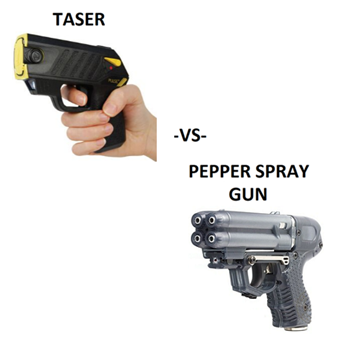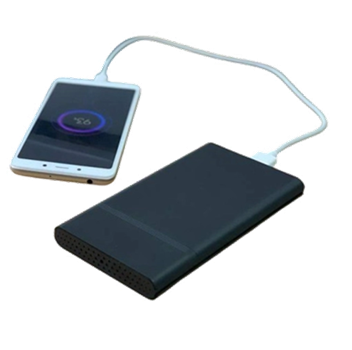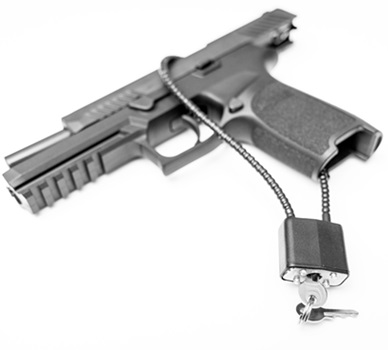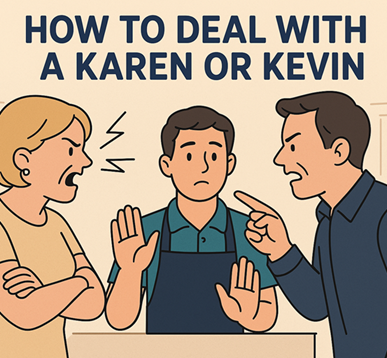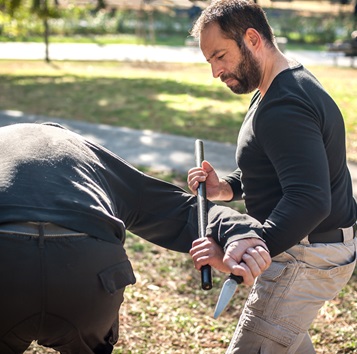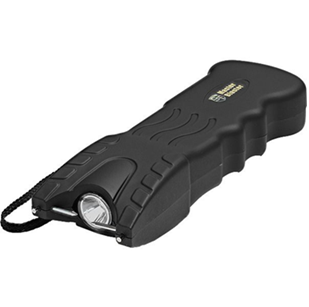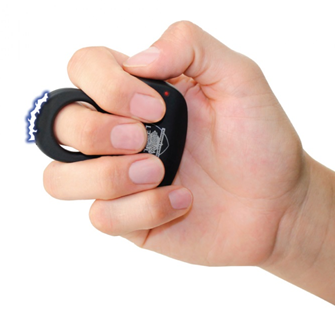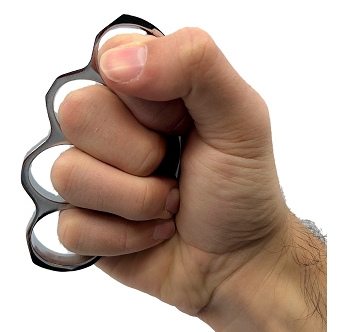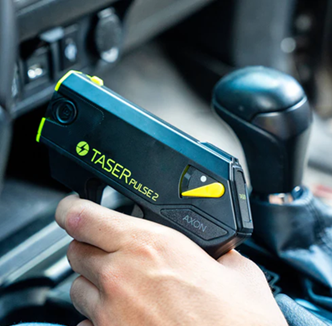How to Survive an Airplane Crash
 Airplane crashes are rare, but when they do occur, survival often depends on preparation, quick thinking, and knowing what to do. Despite the dramatic portrayal of plane crashes in movies, statistics show that the vast majority of passengers survive aviation accidents. This guide provides practical advice to increase your chances of survival before, during, and after a crash.
Airplane crashes are rare, but when they do occur, survival often depends on preparation, quick thinking, and knowing what to do. Despite the dramatic portrayal of plane crashes in movies, statistics show that the vast majority of passengers survive aviation accidents. This guide provides practical advice to increase your chances of survival before, during, and after a crash.
Before the Flight: Preparation is Key
1. Choose Your Seat Wisely
Studies have shown that passengers seated within five rows of an exit have a higher chance of survival. Consider choosing an aisle seat near the rear of the plane, as some analyses suggest it’s safer than the front.
2. Dress for Safety
Wear practical clothing: long sleeves, long pants, and closed-toe shoes. Avoid synthetic fabrics that can melt in high heat and opt for natural fibers like cotton or wool. Sturdy shoes can help you navigate debris in an emergency.
3. Familiarize Yourself with the Aircraft
Pay attention during the safety briefing. Review the safety card in the seat pocket and note the locations of the nearest exits. Count the number of rows to the closest exit, as visibility may be limited in an emergency.
4. Travel Light
Avoid overpacking your carry-on bag. In an evacuation, bulky luggage can hinder your movement and that of others.
5. Stay Fit and Alert
Physical fitness can improve your ability to evacuate quickly. Additionally, avoid excessive alcohol consumption before or during the flight to maintain alertness.
During the Flight: Stay Vigilant
1. Keep Your Seatbelt Fastened
Always keep your seatbelt fastened when seated, even if the seatbelt sign is off. Turbulence can occur unexpectedly, and a fastened seatbelt can prevent injuries.
2. Review Safety Procedures
Take a moment to review the safety card and locate the exits. Mentally rehearse how you would reach them in an emergency.
3. Stay Calm and Observant
Be aware of your surroundings. Note any unusual sounds, smells, or movements, and stay prepared to act if necessary.
During the Crash: Protect Yourself
1. Assume the Brace Position
The brace position minimizes injury during impact. Here’s how to do it:
-
If you have a seat in front of you, place your head against it, with your arms braced on the back of the seat.
-
If there is no seat in front of you, bend forward, wrap your arms around your knees, and tuck your head down.
2. Follow Instructions
Listen carefully to the crew’s instructions. They are trained to handle emergencies and can provide life-saving guidance.
3. Stay Low
In the event of smoke or fire, stay as low as possible to avoid inhaling toxic fumes. Cover your nose and mouth with a cloth if available.
After the Crash: Act Quickly
1. Evacuate Immediately
Time is critical. Most fatalities in survivable crashes occur due to fire and smoke inhalation. Leave your belongings behind and head for the nearest exit.
2. Help Yourself and Others
If possible, assist fellow passengers, especially those who are injured or struggling. However, prioritize your safety to avoid becoming incapacitated.
3. Follow the Lights
In low visibility, look for illuminated floor pathways leading to exits. These lights are designed to guide passengers in emergencies.
4. Distance Yourself from the Wreckage
Once outside the aircraft, move at least 500 feet away to avoid hazards such as fire, explosions, or toxic fumes. Stay in a group to increase visibility for rescuers.
Surviving in Remote Areas
If the crash occurs in a remote area, survival may depend on your ability to endure the elements and signal for help.
1. Assess Injuries
Perform a quick assessment of your injuries and those of others. Provide first aid where possible, using available resources such as clothing for bandages.
2. Stay Warm
In cold climates, hypothermia can be a significant threat. Use airplane blankets, seat covers, or clothing to retain body heat.
3. Find or Create Shelter
If the wreckage is unsafe, construct a shelter using debris or natural materials. Protect yourself from wind, rain, and extreme temperatures.
4. Signal for Help
Use reflective materials, fires, or brightly colored objects to attract attention. Many aircraft carry emergency beacons that can aid in rescue efforts.
5. Ration Food and Water
If supplies are limited, ration them carefully. Avoid eating if water is scarce, as digestion increases dehydration.
Psychological Resilience
Surviving a crash is not just a physical challenge but a mental one. Panic and fear can cloud judgment and slow response times.
1. Stay Focused
Concentrate on immediate tasks: evacuating, aiding others, and staying safe. Breaking down challenges into manageable steps can reduce feelings of being overwhelmed.
2. Support Each Other
Helping others can boost morale and foster a sense of purpose. Group cooperation often improves survival odds.
3. Seek Professional Help Post-Rescue
Survivors may experience trauma or PTSD. Counseling can help process the experience and facilitate emotional recovery.
Debunking Myths About Airplane Crashes
Myth 1: “The Middle Seats Are the Safest”
While some studies suggest the rear of the plane has higher survival rates, no seat guarantees safety. Proximity to exits is often more critical.
Myth 2: “You Can’t Survive a Plane Crash”
Data shows that over 95% of passengers survive aviation accidents. Proper preparation and response significantly increase survival odds.
Myth 3: “You Shouldn’t Brace for Impact”
The brace position reduces the risk of head, neck, and spinal injuries. Ignoring this advice can lead to severe trauma.
Final Thoughts
While airplane crashes are statistically rare, understanding how to respond can mean the difference between life and death. By preparing before the flight, staying alert during the journey, and acting decisively in an emergency, you can greatly improve your chances of survival. Remember, survival is often about mindset as much as it is about action—stay calm, stay focused, and stay safe.
Company Info
Customer Service
Product Information
- TASER® and Stun Devices Regulations by State
- TASER® Safe Escape Product Replacement Guarantee
- TASER® Comparison Chart
- TASER® User Manuals
- TASER® Warranty Info
- Byrna Product Catalog
- PepperBall Manuals & Spec Sheets
- Pepper Spray Laws
- Air Gun Laws
- States that Restrict Automatic and Butterfly Knives
- Our Print Catalog



























